Have you ever seriously considered what’s truly holding back your progress in the game?


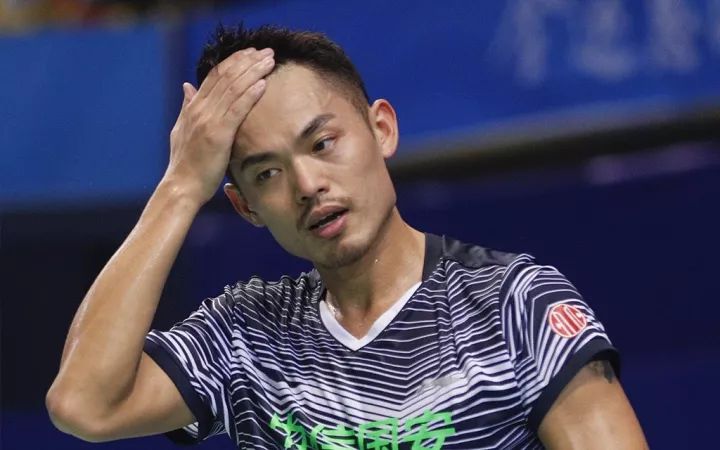
But in fact, this kind of progress and improvement is often slow—or even stagnant—for most players. It’s frustrating and infuriating when someone with years of experience gets thoroughly outplayed by a beginner.
For those looking to improve their game but finding progress slower than expected, what should they do? This is a question every golfer aiming to enhance their skills should reflect on.
Here's a step-by-step reflection on the reasons behind the slow progress:
On the court, many players end up copying others' techniques, often without a clear understanding of the specific details or underlying principles. This easily leads to misunderstandings and improper execution of skills—and, more importantly, it’s a prime pathway to developing bad habits. And let’s face it, these bad habits are frequently the very barriers holding you back from reaching your full potential. That’s why, for amateur players, acquiring some solid theoretical knowledge is absolutely essential. After all, combining theoretical insights with practical technique not only helps you learn faster but also ensures that your movements remain efficient and effective in the long run. So don’t overlook the technical breakdowns shared regularly on our official social media channels—these resources can be invaluable tools for your improvement journey.
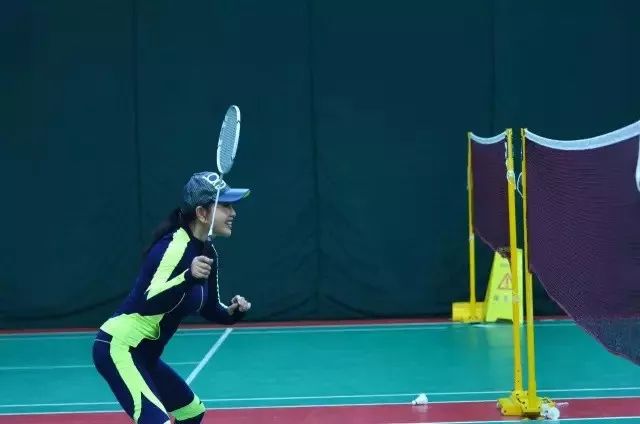
Amateur players often jump straight into playing matches, rarely taking the time or patience to practice systematically. They may be tempted to emulate professional players by "learning through competition," but this approach actually leads them astray. Professional players rely on match play to maintain their competitive edge, and they already have rock-solid fundamentals. In contrast, most amateur players lack even the most basic skills, making it impossible for them to improve effectively. Instead, steady progress—and a structured, step-by-step learning process—are the keys to meaningful and sustainable improvement.

Another player said, "I understand everything you’re saying—but I just can’t seem to put it into practice. If you don’t push yourself hard enough, how can your skills improve quickly?"
I’ve coached many fellow players on the court, pointing out some of their bad habits—but time after time, they’d revert back to their old ways. They know exactly where they’re going wrong, yet they refuse to take the initiative to change. Instead, they stubbornly stick to those incorrect techniques, continuing as if nothing has changed. When you recognize this pattern—knowing full well it’s counterproductive—you need to stop immediately and make a firm decision to break free from it once and for all.

If you correct your faulty movements, your badminton skills will take a huge leap forward. Recognizing and fixing your mistakes is the key to continually improving—and moving faster along the way.
We all know that technology is crucial, yet we often overlook the fact that demonstrating technical skills depends heavily on physical fitness. In other words, strong physical condition is the foundation for improving technical abilities. Many players struggle to advance in badminton precisely because of poor stamina or weak core strength—factors that significantly hinder their progress. To truly unlock potential and elevate performance, it’s essential to simultaneously enhance both technical skills and physical fitness, ensuring that neither aspect is neglected. After all, these two elements complement each other perfectly, creating a balanced path toward improvement.

Proper strength-training techniques not only help reduce injuries but also accelerate your progress in the game. So, the next time you find yourself struggling with your footwork, why not put down your racket and do a couple of laps to get those steps right?
The level of skill can only be truly tested through competition. Many people perform well in practice, but when it’s time to compete, they become overwhelmingly nervous—seriously affecting their ability to showcase their true potential. To overcome this, it’s essential to actively participate in a variety of competitions, gradually building mental resilience. After all, only with a stable mindset can your technique remain consistent and reliable.
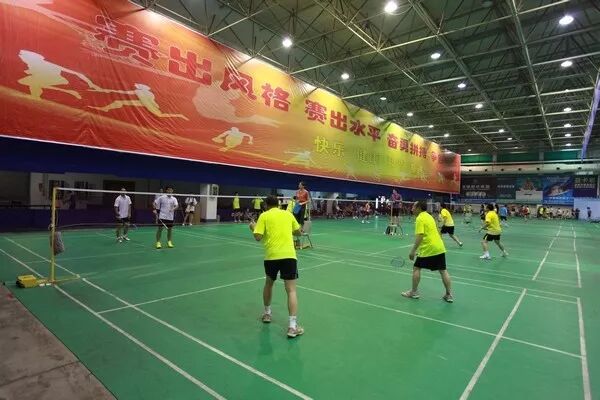
The competition also serves another purpose: it helps you gauge your true level. After all, it’s during matches that your actual skill shines through. Players who frequently get challenged by stronger opponents tend to improve faster than those who rarely step onto the court for competitive play.
True passion means weaving badminton into every aspect of your life—thoughtfully analyzing strategies and techniques, and willingly dedicating time to practice at the court. Seek advice from experienced players, watch instructional videos, and commit to consistent training. Even at home, pick up your racket and swing a few times; you might even find yourself dreaming about playing during sleep. It’s nearly impossible not to improve this way. Don’t wait until you’re on the court to start thinking about how to play—instead, make the most of your free moments by reflecting, observing, and learning. That’s the key to fully immersing yourself in the world of badminton.
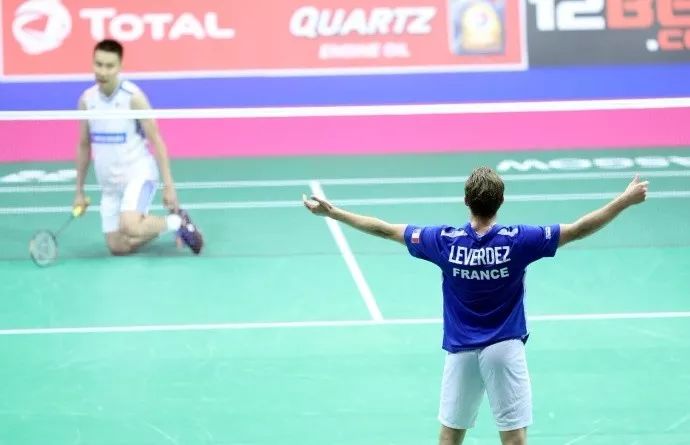
If your skills aren’t improving despite your efforts, remember to examine the six aspects of badminton life mentioned earlier—identify the root causes, and then take targeted action to make meaningful changes. As an ambitious and determined person, constantly striving to improve is essential if you want to stay ahead of the competition. After all, being outplayed by beginners isn’t just frustrating—it could leave you dangerously behind the curve.

 )
)
More exciting articles recommended:
Killing it feels great without wasting much energy—hitting the ball is just that easy.
Related Articles

What do you do when you run into a "power hitter" while playing badminton? Just take the edge off their game!
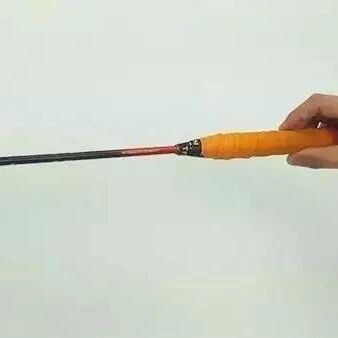
Master the forehand and backhand chop, and you'll dominate the net!
